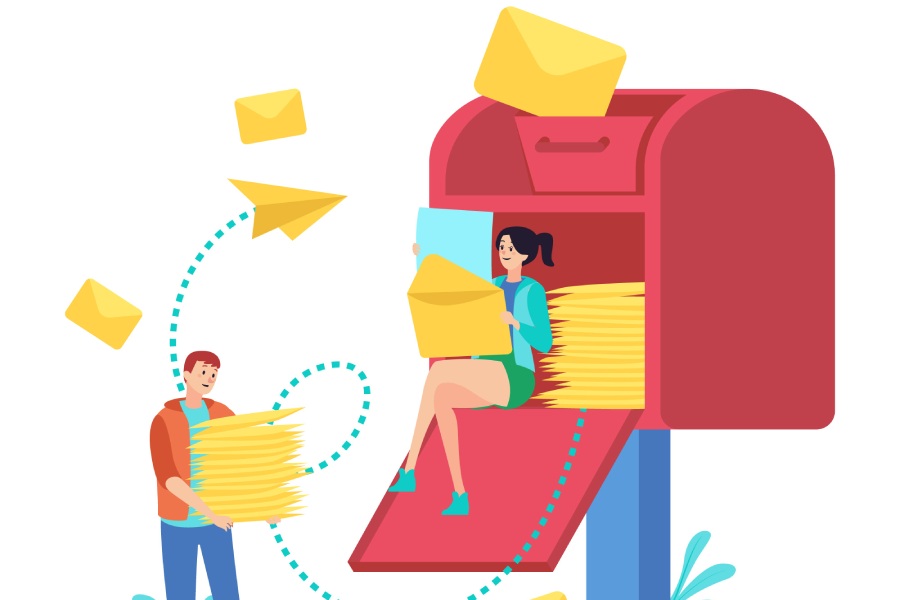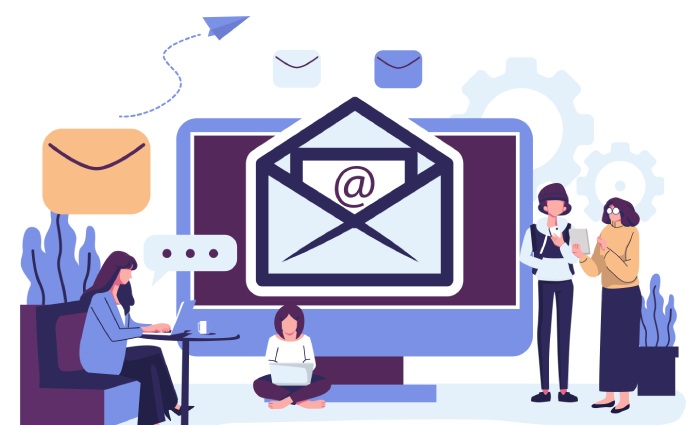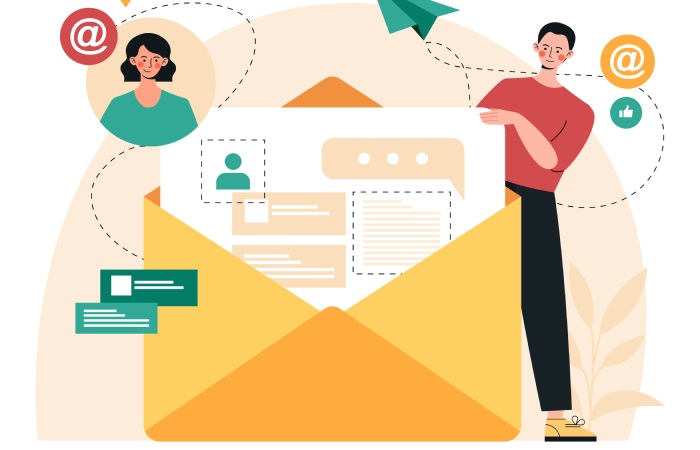Despite technological developments and high Internet speed, email remains the preferred mode of corporate communication. There is also a lot of personal information exchange over electronic mail. Email marketing remains one of the most effective marketing forms, primarily because it can quickly cover a wide network area, even encompassing the entire planet. However, specific rules and etiquette must be followed when it comes to outbound emails, especially from the IT Security and Email Marketing perspective.
Outbound Emails: A Threat Perspective
An individual, on average, sends out almost 40 emails a day. When one counts the number of employees in an organization and the emails sent out each day, it becomes imperative to understand that the security scenario has a high probability of turning scary. Outbound emails from improperly set outbound SMTP servers can allow access for malicious actors. There are a plethora of risks that are attached to outbound mails, as mentioned below.
Unauthorized access
Malicious actors have a way with technology. They can break through the authorization procedures and get access to the outbound SMTP server. Once inside, they will have control over the emails and all the data in the mailbox. A user will never want unwanted guests looking at emails containing information about the business and other sensitive data.
Phishing
Once the malicious actor gets access to the user’s mailbox, the next logical step would be to send emails to a contact from the inbox, asking for more critical information. Since the request comes from a legitimate source, the email recipient will not hesitate to send out the reply and the requested data. They may even share financial information and log-in credentials. Phishing and spoofing are among the most recurring malicious acts in the cyber world, and no amount of vigilance has been able to counter them.
Malware
The threat actor can plant malware to attack the network by having access to the outbound SMTP server. A malware stored within the system is a disaster for any organization. It is difficult to detect its presence, and once done, is equally difficult to remove. Malware can register information and pass them over to remote servers. It is also adept at gaining control over the entire network. There are also cases of viruses and Trojans that have disrupted business worldwide and caused enormous financial losses and professional hardships.
Strategies To Improve Outbound Email
Here are specific strategies an organization must follow to keep away from the risks mentioned above with outbound emails.
Creation of a cybersecurity plan
Cybersecurity plans, however robust, often tend to overlook email communication, especially the outbound one. It can be a costly mistake and has the potential to ruin the business. The best cyber strategy is always an amalgamation of policies, best practices, responses, and guidelines. It needs to be a comprehensive document outlining every potential scenario.
Training of Employees
It is the most crucial cog in the wheel. Email security needs to be at the top of the agenda. Methods to counter threats like phishing and spear-phishing and the correct manner of email forwarding need to be revisited. The employees are the strength of any organization. They are also the weakest link if inadequately briefed. While organizations spend a fortune on anti-phishing services, ransomware protection, phishing protection, and email security related to tenant-to-tenant migration, the best counter remains the human element.
Every organization’s human resources must have regular training sessions to update their employees on the current cyber threats and the pitfalls of not being vigilant. They should also understand the standard email forwarding and email archiving procedures. These are essential steps towards ensuring a safer virtual environment.
Employ state-of-the-art email security tools
The market is awash with email security tools that protect the outbound SMTP servers. These tools have to be updated periodically to stay abreast in the fight against malicious actors. They should also include MX backup to tide over any untoward disruption of operations due to unforeseen circumstances.
Email Marketing: A Way To Sell The Best Ideas
Email marketing has been a handy tool for marketers for a long time. And email hosting services can help it go a long way. However, with the changing business scenarios, the emails’ look and feel have undergone considerable transformation. There is a greater emphasis on the email format, with stressed keywords spread across the paragraphs. Marketers believe that it will attract the recipient and urge them to send a reply.
However, the moot question is, among the hundreds of emails, what would be different in a specific email that would move the recipient to initiate a call of action. Here are some strategies that can make it happen
Improve the Subject Line Game
If the subject line is just another mundane array of words, the recipient will not bother to read further. A thin line needs to be walked here. It cannot sound too pompous since that would attract the anti-spam tools and direct the email to the bin. It cannot be too dull either, because then the receiver would not bother to check it. One has to make them short and keep them simple.
Use the Best Words
Using the best words does not necessarily mean making them sound too wordy. Straightforward content and easy to read text are recommended. Get straight to the point. Do not beat around the bush since the reader may not have the time to understand inner meanings. Use words and metaphors that dominate and create visuals in the reader’s mind, and push them into taking action. Also support the words you choose with carefully chosen visual content that’s both relevant and attention-grabbing. For instance, carry out poster designing at Picsart to add an arresting image to emails that also conveys key info succinctly.
Follow the AIDA rule
- Attention: This has to be won first. Without it, nothing else works.
- Interest: The content has to drive the reader further into the email. The interest level cannot wane after a few lines.
- Desire: Force desire in the reader. It has to be the responsibility of the content.
- Act: If all the former steps work in sync, then a call to action will not be hard.
Final Words
An outbound email is both a necessity and an opportunity. However, in today’s unprecedented times, it can also be a threat. From the email security perspective, it can unleash chaos if not effectively secured, and from an email marketer’s point of view, it can bring in more revenue if done effectively.


